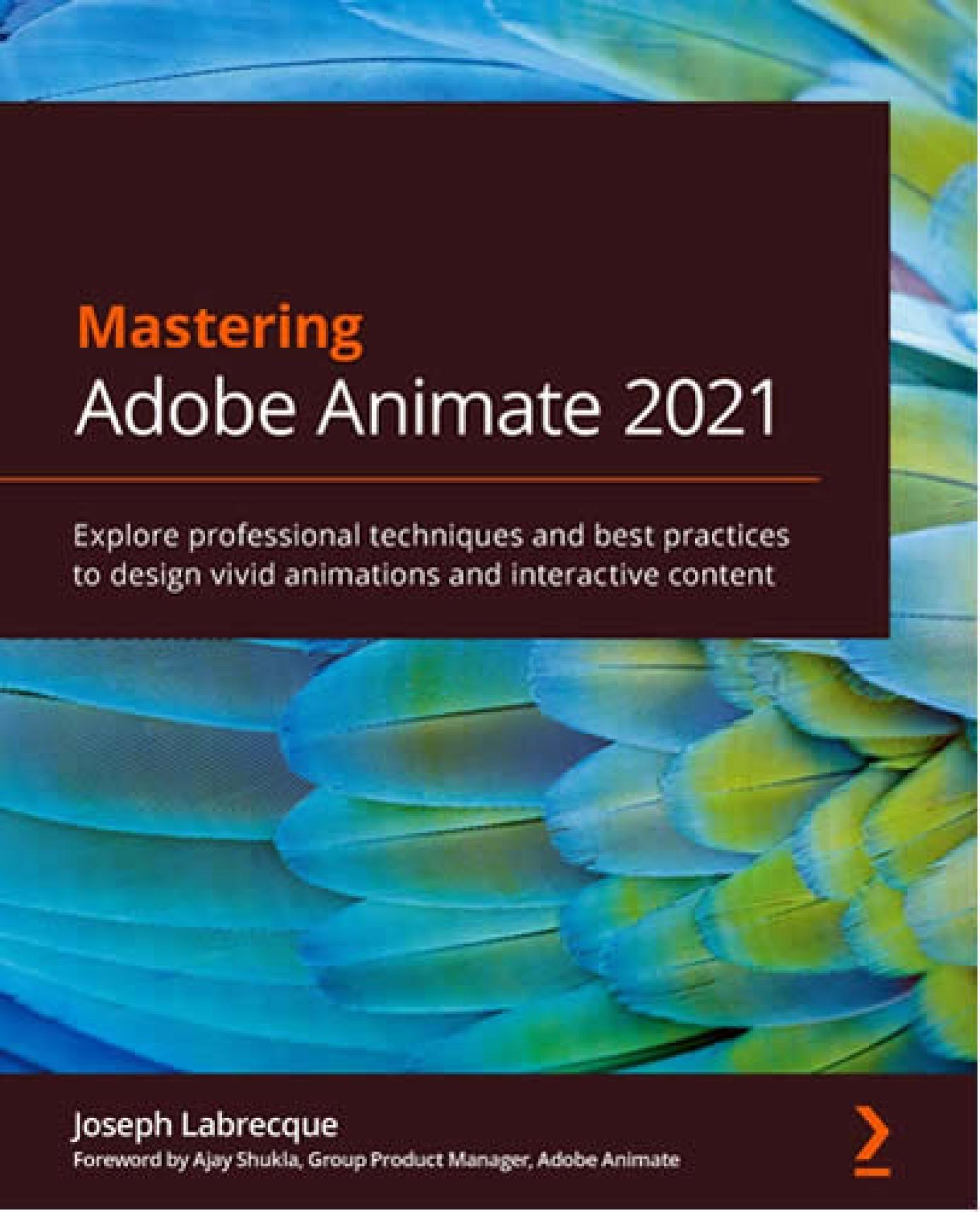What We’re Reading Now
Check out the latest books published by CMCI’s faculty scholars
All My Friends Live in My Computer: Trauma, Tactical Media, and Meaning
At the age of 26—while pursuing her PhD in media research and practice at CMCI—Samira Rajabi found herself contemplating whether or not to undergo surgery and radiation for a tumor that was filling the space between her inner ear and brain stem. She looked for answers online, in the digital communities she’d discovered when she was first diagnosed with an acoustic neuroma.
Around the same time, Rajabi, now the director of technology influenced practices at CMCI, developed the doctoral thesis that is now at the center of her new book: “How do people use digital media to respond to the big questions that trauma forces them to ask––and is it helping?” From illness narratives among breast cancer patients to political upheaval among Iranian-Americans, the book combines personal stories, media studies and interdisciplinary theories to examine what people do when they go online after they have suffered a trauma.
“...I’m a media researcher, and I fell into trauma by accident, or perhaps, by empathy,” Rajabi said during her 2019 talk at TEDxCU. “It’s just that every time I went online looking for research, I saw suffering, which says something very dark about me. But what I think I actually saw was hope; people whose lives were broken by trauma reaching out for a hand to hold and reaching out to hold somebody else’s hand.”
Learn more about Rajabi’s book and research in the upcoming fall print issue of CMCI Now.
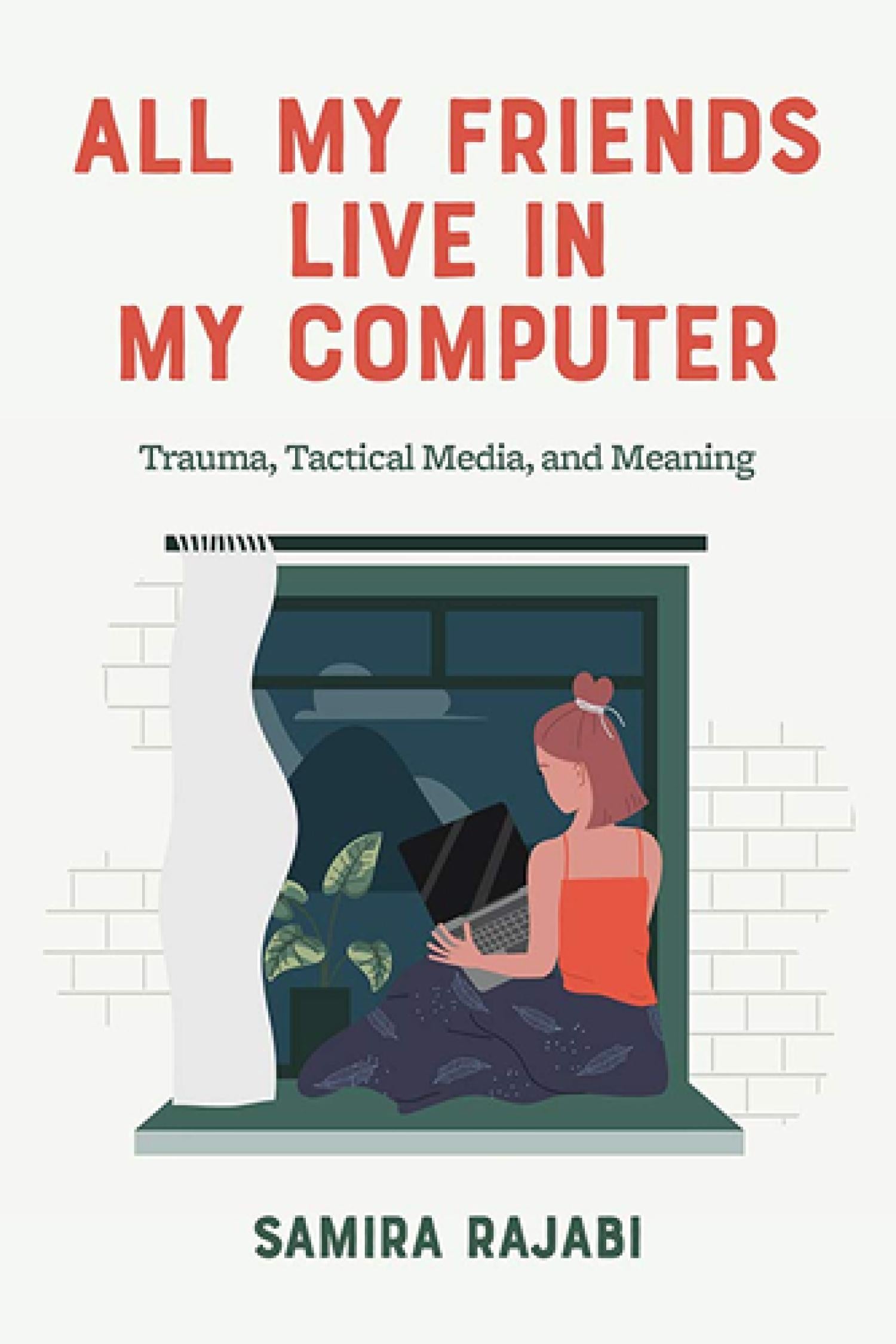
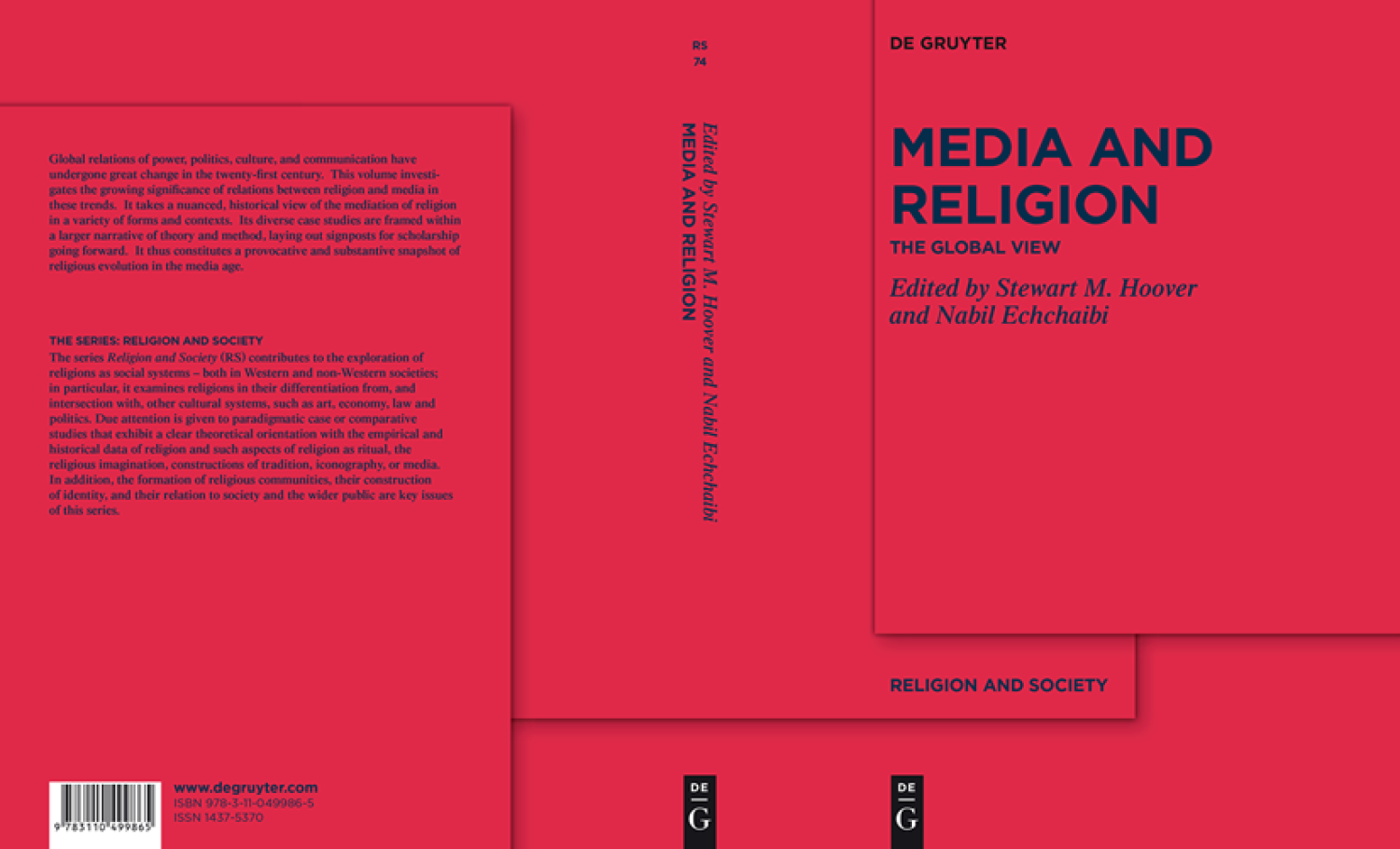
Media and Religion: The Global View
Part of the Religion and Society series, this new edition by Center for Media, Religion and Culture (CMRC) Director Stewart Hoover and Associate Director Nabil Echchaibi considers the meditation of religion in the context of global relations of power, culture and communication.
In part, Hoover says, the book is based on papers and presentations from a CMRC conference held on CU Boulder’s campus several years ago.
“The idea is to look at the various ways that media and religion are interacting and affecting each other in various national contexts across the world,” he writes.
With topics ranging from “High Tech Mediations, Low Tech Lifestyles: The Paradox of Natural Parenting in the Digital Age” to “Digital Media and Imperial Formations: The 2012 Lady Gaga Controversy in South Korea,” the book’s chapters––authored by the editors and other contributors––tackle timely examples while offering connections to other cases and contexts. Together, they form a snapshot of religious evolution in the media age.
Learn more about the authors and CMCI’s Center for Media, Religion and Culture in “Divine Intervention” from the fall 2018 issue of CMCI Now.
Seeing Human Rights: Video Activism as a Proxy Profession
Visual imagery is at the heart of humanitarian and human rights activism and video has become a key tool in these efforts. The Saffron Revolution in Myanmar, the Green Movement in Iran, and Black Lives Matter in the United States have all used video to expose injustice.
In Seeing Human Rights, Sandra Ristovska examines how human rights organizations are seeking to professionalize video activism through video production, verification standards, and training. The result, she argues, is a proxy profession that uses human rights videos to tap into journalism, the law, and political advocacy. She also looks at the use of video evidence at the International Criminal Tribunal for the former Yugoslavia and the International Criminal Court.
“I grew up in the former Yugoslavia watching images depicting the horrors and traumas of the 1990s wars that led to the breakup of my state. Activist and bystander footage shot on VHS tapes was circulated extensively on news media during the wars, eventually making its way into international courtrooms in The Hague,” Ristovska says. “These early experiences fueled my research interest in images and human rights.”
This is a line of research she started in her first book, Visual Imagery and Human Rights Practice (Palgrave, 2018), a co-edited volume that maps out how images alter international human rights discourses, presenting different ethical, legal and political challenges and opportunities.
Learn more about Ristovska’s research in "Through the Lens of the Law" from the spring 2021 issue of CMCI Now.
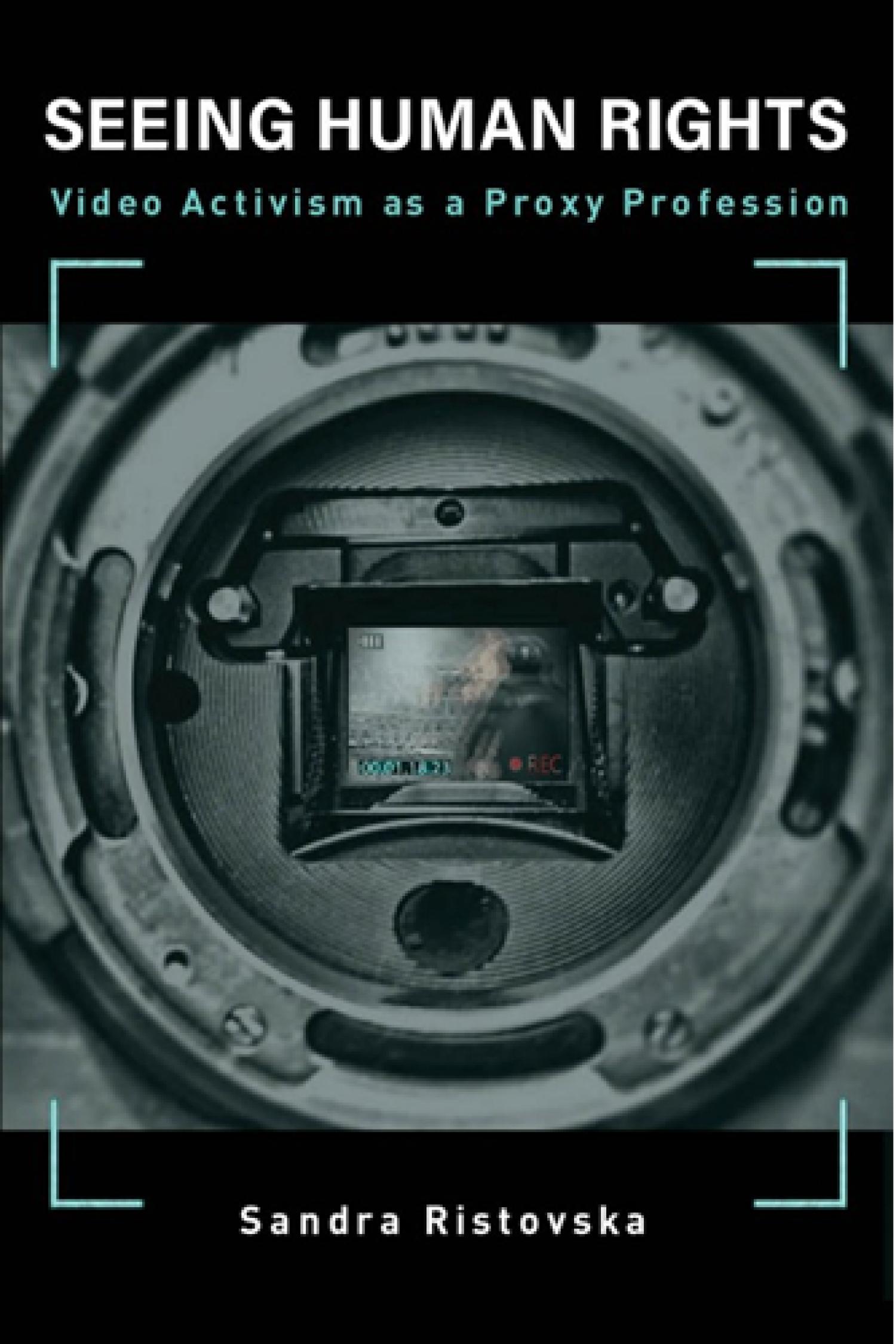
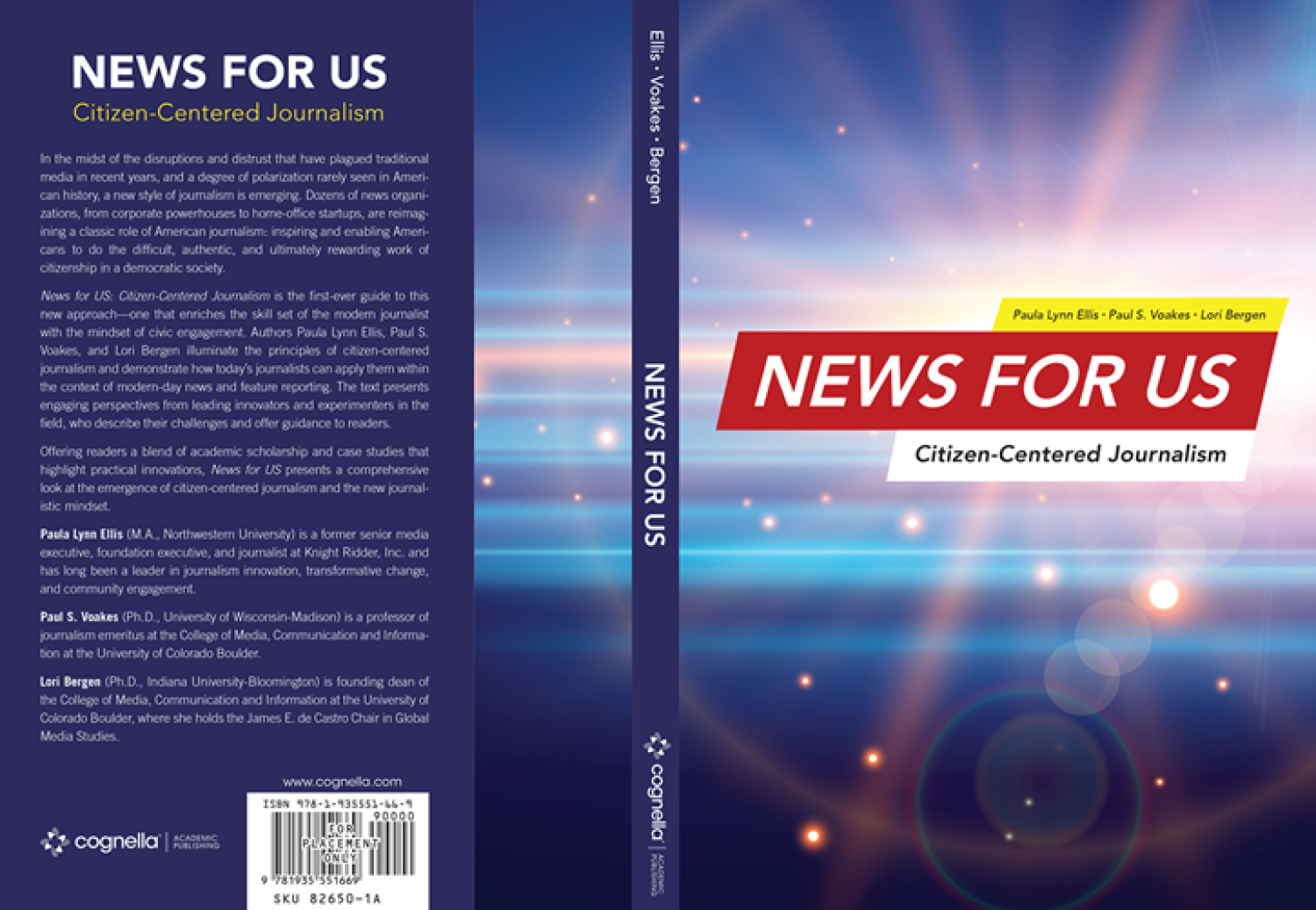
News For Us: Citizen-Centered Journalism
In a moment of heightened distrust and polarization, how can journalists encourage audiences to do the work of engaged citizenship that is required in a democratic society?
That question is at the center of News For Us: Citizen-Centered Journalism, the first-ever guide to a new citizen-centered approach that enriches the skill set of the 21st-century journalist with the mindset of civic engagement.
In addition to exploring the shifts taking place in journalism, the authors raise awareness of how news organizations are finding new ways to engage with citizens––from the radio station KPCC in Los Angeles, where readers were asked to help create a “Human Voter Guide” to AL.com, where the leading statewide news organization asked community members to join journalists in collaborative forms of storytelling.
In the foreword, Neil Brown, president of The Poynter Institute for Media Studies, says the authors have “offered a powerful and optimistic playbook for journalists to embrace new and adaptive thinking about how journalism can be an effective tool of democracy, rather than settle for the trope that it simply is."
Mastering Adobe Animate 2021: Explore Professional Techniques and Best Practices to Design Vivid Animations and Interactive Content
For the latest release of Adobe Animate, Joseph Labrecque––an instructor in the Department of Advertising, Public Relations and Media Design––brings readers into the world of animation and gives them the tools to take their projects to the next level.
Complete with step-by-step explanations of essential concepts, practical examples, and hands-on walkthroughs, the book shows Adobe Animate users how to create immersive experiences by breaking through creative limitations across every medium.
In addition to providing readers with a solid understanding of the program’s fundamentals and new features, the book offers a nuanced take on how to publish and export rich media content for a variety of platforms, advanced techniques for creating engaging motion content, techniques for creating dynamic motion and more.
A creative developer, designer and educator with nearly two decades of experience creating expressive web, desktop and mobile solutions, Labrecque has previously authored a number of books and video courses on design and development technologies, tools and concepts. He is an Adobe Education Leader, Adobe Community Professional and member of Adobe Partners by Design.
Learn more about Labrecque’s work in his bio and learn about Adobe Creative Cloud discounts for CU students, faculty and staff through the Office of Information Technology »
